
Vueron Newsletter
No. 66
2023.11.24
| Valeo SCALA 3 LiDAR (Light Detection & Ranging) receives prestigious CES 2024 Innovation Award | ||
| RRAI and TSIS partner to use autonomous trucks to increase nationwide freight efficiency | ||
| Cruise CEO resigns weeks after pulling entire driverless fleet | ||
| Tampa International Airport Utilizes New Technology to Track Crowds in Real Time |
1. Valeo SCALA 3 LiDAR (Light Detection & Ranging) receives prestigious CES 2024 Innovation Award
-
- Valeo’s SCALA 3 LiDAR has received the CES 2024 Innovation Award in the “Vehicle Tech & Advanced Mobility” category.
- SCALA 3 is Valeo’s 3rd generation LiDAR perception system designed for autonomous mobility.
- The LiDAR sensor provides high-resolution data for advanced perception in all conditions, meeting automotive industry quality and safety standards.
- SCALA 3 enables high-speed autonomous driving on highways, expanding the domain of operation for Level 3 systems and enhancing Level 4 robotaxi fleet scalability.
- Valeo has received orders worth over 1 billion euros for SCALA 3 over the past 18 months, equipping the only Level 3 passenger cars authorized in Europe.
- At CES 2024, Valeo will showcase SCALA 3 LiDAR and offer visitors the opportunity to experience and learn more about the AI-based perception software.
- SCALA 3’s laser-based system generates a 3D image with unparalleled resolution, boasting over 12 million pixels per second and a detection range of 200-300 meters.
- The LiDAR system is complemented by software modules, including AI-based algorithms, ensuring safety and reliability through blockage detection, rain and spray detection, online calibration, and misalignment detection.
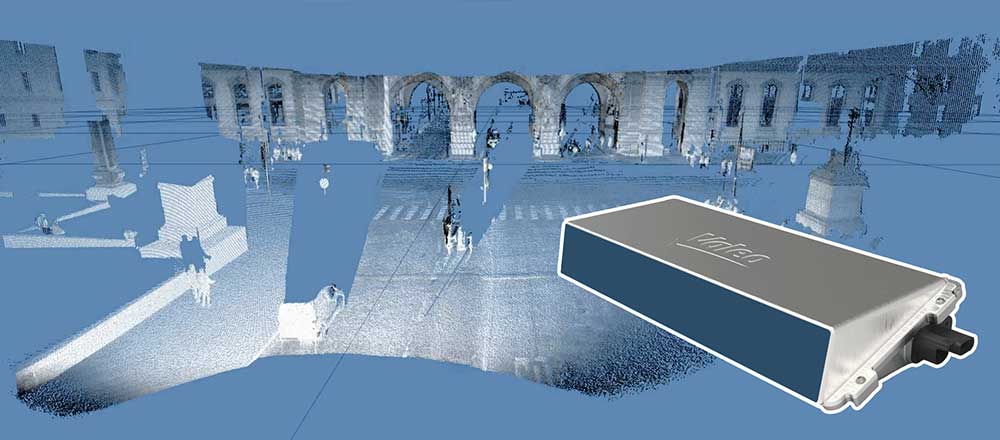
Valeo’s SCALA 3 LiDAR represents a significant advancement in LiDAR technology for autonomous mobility, receiving recognition and awards for its innovation and performance. The widespread adoption of Valeo’s LiDAR technology in Level 3 autonomous driving vehicles in Europe indicates the company’s trust in the industry.
2. RRAI and TSIS partner to use autonomous trucks to increase nationwide freight efficiency
-
- Robotic Research Autonomous Industries (RRAI) partners with Truck Specialized Information Services (TSIS) to introduce autonomous trucking in the Detroit area.
- TSIS is focused on building a North American Truck Parking Availability Network and aims to embrace autonomy as a core component of its business operations.
- RRAI, with over 20 years of experience, is known for its AutoDrive autonomy kit, which is platform agnostic and has been used on over 40 different vehicle types in complex environments.
- The joint RRAI-TSIS pilot is based in the main TSIS yard in Detroit, with RRAI’s autonomy-enabled yard trucks moving containers within the lot and transporting materials from the rail yard to the lot.
- The project aims to push the boundaries of RRAI’s autonomous capabilities, demonstrating practical value today and showcasing potential for greater benefits in the future.
- Autonomous technology is expected to enhance yard operations, making them more efficient, safe, and with increased throughput.
- The success of the pilot project is seen as a blueprint for future deployments in other TSIS truck ports across the United States and Canada.
- TSIS plans to develop 35 additional truck ports around rail yards, inland ports, and commercial ports, recognizing the transformative potential of autonomous technology in logistics and operations.
- The partnership between RRAI and TSIS is expected to bring innovation and set new standards for the future of autonomous trucking in the United States.
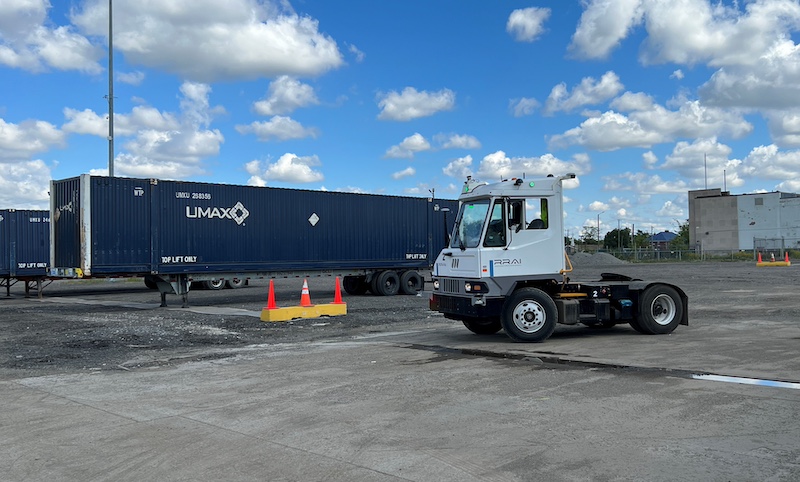
The collaboration between RRAI and TSIS signifies a strategic move towards introducing autonomous trucking in the Detroit area, with a focus on yard operations. The pilot project in Detroit serves as a testing ground for demonstrating the practical benefits of autonomy today and establishing a foundation for future deployments.
3. Torc Lays Out Road Map to Autonomous Truck Launch in 2027
-
- Torc Robotics, a self-driving truck developer and a subsidiary of Daimler Truck, is fine-tuning its autonomous technology for a 2027 market launch.
- Torc is conducting pilots with major motor carriers, focusing on autonomous fleet operations for unmanned commercial vehicles.
- The company aims to showcase its progress and commercialization plans during ride-along demonstrations in self-driving prototypes.
- Torc’s CEO, Peter Vaughan Schmidt, emphasizes the potential of autonomous trucks to transport freight faster, safer, and at a lower cost, addressing driver recruitment and retention challenges.
- The business model focuses on hub-to-hub autonomous trucking on interstate highway routes, reducing complexity and utilizing existing infrastructure near highways as autonomous truck hubs.
- Torc plans a phased approach to commercialization, starting with a freight lane in Texas between Laredo and Dallas and gradually expanding to key market areas.
- Torc outlines specialized job functions, including hub operators, mission managers, and various roles in maintenance, roadside assistance, and customer support to support autonomous truck operations.
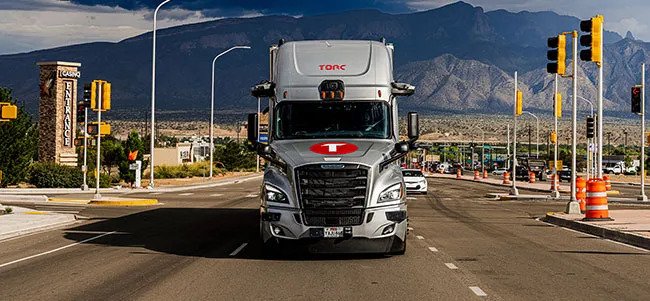
The phased approach to commercialization, starting with a specific freight lane in Texas, allows Torc to prove the economic viability of its autonomous trucks before expanding to additional routes and markets. The focus on hub-to-hub autonomous trucking on existing interstate highway routes aims to reduce complexity and leverage existing infrastructure, potentially facilitating a smoother integration into real-world freight networks.
4. Cruise CEO resigns weeks after pulling entire driverless fleet
-
- Kyle Vogt, CEO of autonomous-car company Cruise, resigned suddenly less than a month after the company lost permits to operate in California and withdrew its entire driverless fleet across the country.
- Cruise accepted Vogt’s resignation, and Mohamed Mo Elshenawy, the current executive vice president of engineering at Cruise, will take over as president and chief technology officer.
- Vogt’s resignation follows recent challenges for Cruise, including the loss of permits and the involvement of a Cruise autonomous vehicle in an incident where a pedestrian was struck and dragged by the vehicle.
- The California Department of Motor Vehicles stated that Cruise posed an “unreasonable risk” to public safety in its investigation of the incident.
- Vogt, in posts on social media, confirmed his resignation and expressed gratitude to those who supported Cruise, emphasizing that the company is still in its early stages with a promising future.
- Cruise issued a voluntary recall of 950 vehicles nationwide after the collision in San Francisco, indicating potential layoffs.
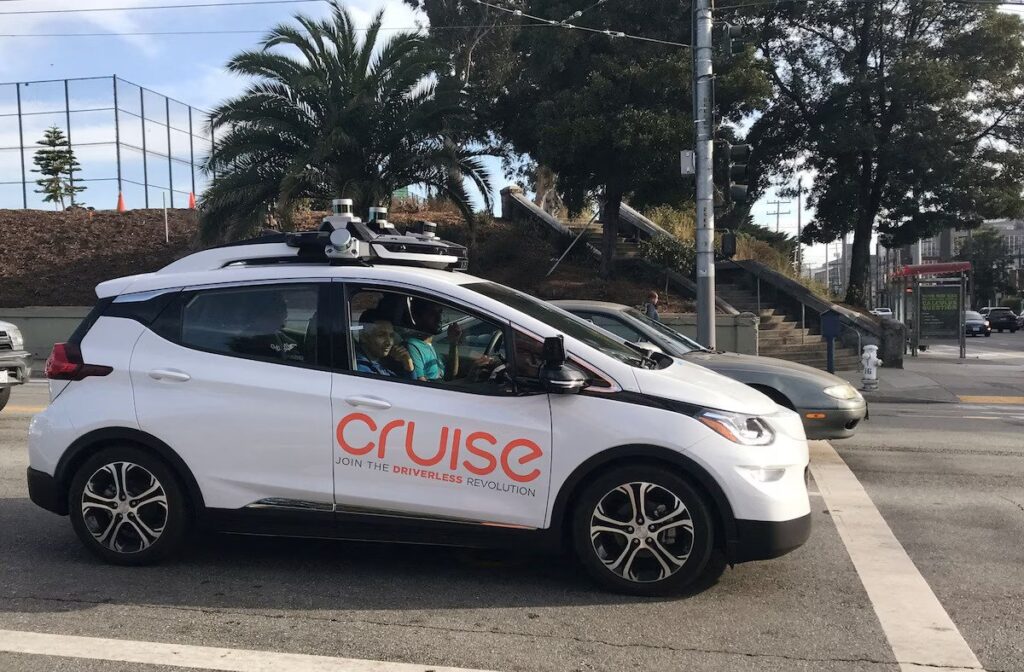
Mohamed Mo Elshenawy taking over as president and chief technology officer suggests a continuity of leadership within the company’s engineering and technical functions. Vogt’s optimism about Cruise’s future suggests a belief in the potential of autonomous driving technology despite the recent challenges. However, the company may need to address safety and regulatory issues to regain trust and momentum in the industry.
5. Tampa International Airport Utilizes New Technology to Track Crowds in Real Time
-
- Tampa International Airport has implemented Lidar technology for real-time crowd control.
- Lidar, provided by “The Indoor Lab,” displays dots on computer screens, offering a visual representation of people’s movement in the airport.
- Lidar can go 3D, showing individuals in different colors based on their height.
- The technology is primarily used for monitoring and managing crowds during peak travel times, such as Thanksgiving.
- Lidar enables airport officials to track lines at security, concessions, gates, and movement toward shuttles.
- Immediate actions, like opening TSA lanes or adjusting tram frequencies, can be prompted based on Lidar data.
- Lidar technology does not detect faces or access data from cell phones, ensuring traveler privacy.
- Currently, only ten percent of the airport is covered by Lidar, with plans for increased coverage in the future.
- The airport is excited about the technology’s potential, still testing its capabilities and planning further implementation.
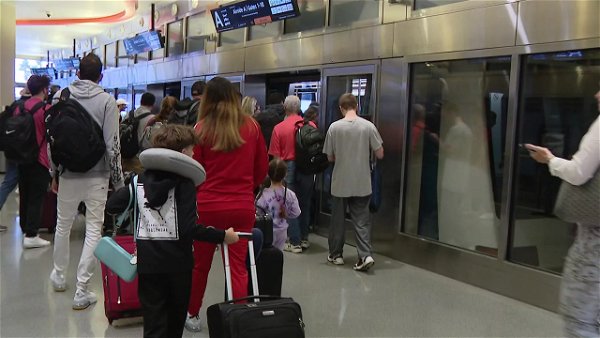
Lidar’s ability to provide real-time 3D visualizations of crowd movement allows for proactive measures to manage lines, security, and other critical areas during peak travel times. The privacy-focused design of Lidar, avoiding facial recognition and cellphone data reading, aligns with the need to balance technological advancements with passenger privacy concerns.
*Contents above are the opinion of ChatGPT, not an individual nor company

